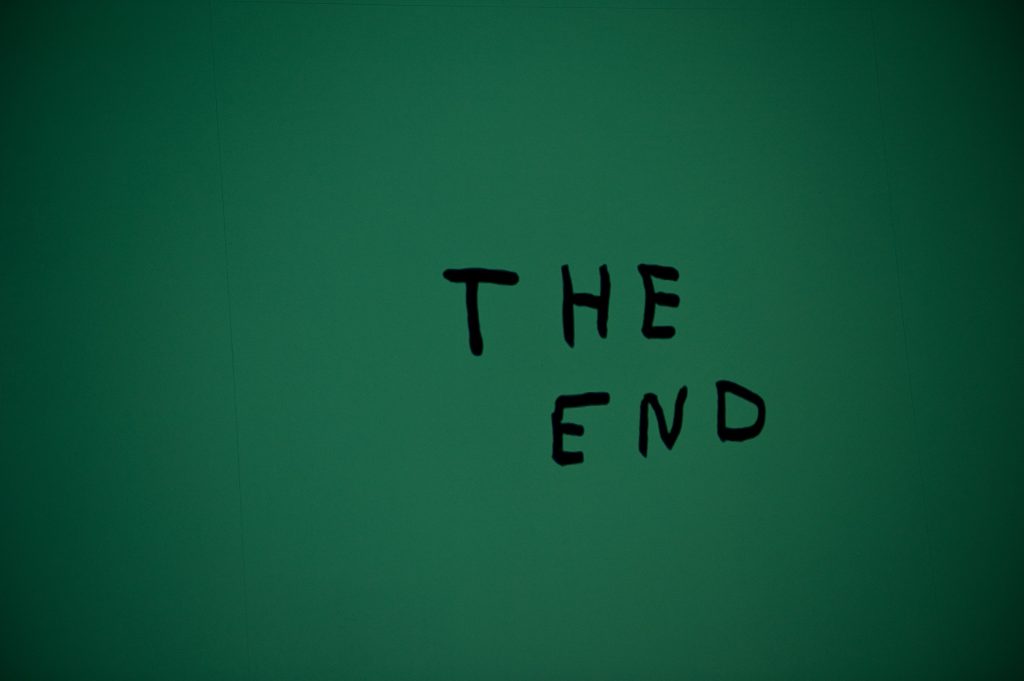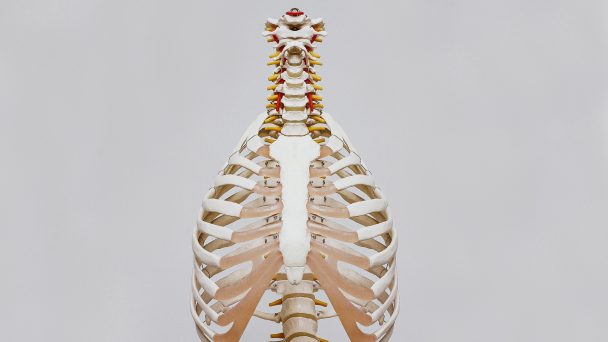Alcohol in our society part 5

In the previous episode of the history on alcohol use and alcohol policy, we saw that in the second half of the 20e century alcohol consumption increased sharply. And although the consumption level has stabilized since 1980 and decreased slightly to 7 liters of pure alcohol per capita on an annual basis, the increase in two age groups led to an aggravation of the problem (young people and the over-55s). Rob Bovens, alcohol researcher and coordinator of the Academic Workplace Addiction at Tranzo Tilburg University, talks about the contemporary role of alcohol in our society.
In 2004 the Trimbos Institute, Stap and NIGZ sounded the alarm because of the sharp increase in alcohol use among young people. The age at which children started drinking had fallen in 2003 to 11.9 years for boys and 12.2 years for girls. The age of girls decreased faster, before that there was about one year of start-up between them. In 2003, 60% of 14-year-olds, boys and girls, had been drinking in the past month. (To illustrate: at that time I regularly organized a theme evening about alcohol for parents. When I polled the people present, on average they came to a percentage of 25% when asked who had ever drunk alcohol before or her 16e no matter what region I was in).
New: binge drinking
A new phenomenon had also made its appearance: alcohol poisoning (popularly called 'coma binge drinking'. There is a caveat to this: such a term suggests that someone deliberately puts themselves in a comatose state through alcohol, you should rather see it as the result of reckless, heavy alcohol consumption). The usual approaches, such as only information at school, no longer proved to work. Young people think in the short term, partly due to the insufficient development of their brains; planning and risk assessment are still below par. An approach had to be developed that would protect young people against themselves: society had to ensure that they no longer had access to alcohol.
This is the background to the measures taken since 2006: campaigns and information aimed at parents, warnings on packaging material, a ban since 2013 on the possession of alcohol in public places (initially under 16, since 2014 under 18 years). The law had been in place since 1964 that alcohol could not be sold to under 16s, but the law was hardly complied with, let alone that there was sufficient enforcement. That policy was also tightened up by introducing higher fines for violations of this policy and expanding enforcement (since 2013 in the hands of the municipalities, carried out by municipal supervisors). In 2014, the age for sale was also raised to 18 years.
NIX18
Prevention organizations and policymakers hoped that the law would not only have a direct effective effect (young people would no longer be able to obtain alcohol outside the home), but also an indirect effect: setting the standard that alcohol should not be available for young people under the age of 18, so also in the private sphere. After the amendment of the law in 2014, the NIX18 campaign was set up, intended to make the standard message known to the public. This has certainly been successful, but there are still many young people whoe year drinking. However, these are much fewer than in the past (for figures see www.alcoholinfo.nl, the information site of the Trimbos Institute – www.trimbos.nl.)
What is true: when young people start drinking, they immediately drink a lot. That trend even seems to be increasing slightly in recent years. I'll come back to this in a moment.
The elderly also love a drink
Another age group that has developed a strong habit of drinking is the over-55s. Because alcohol is a product that is strongly linked to leisure and entertainment and you also have to have the money for it, it is precisely those who have more of it (the so-called 'baby boomers', but in general those who go less at the end of their careers). work or are retired) frequently have the opportunity to drink alcohol. With increasing age, the frequency of alcohol consumption increases. Every year, this development is also reflected in the evaluation survey among the IkPas participants, see for example www.ikpas.nl/results. Of the people in the Netherlands seeking help from addiction care because of alcohol problems, 28% was over 55 in 2015. Ten years earlier this was still 20%. The increase can only be partly explained by the fact that there are simply more elderly people nowadays. The growth is mainly caused by the elderly who had no alcohol problems in the past, but by expanding their habit in combination with major events in their lives (loss of a partner or family, quitting work, children leaving home, downsizing). . This age group is especially in the danger zone because they have an increase in health problems, sleeping problems, less tolerance for alcohol and often frequent drug use.
| Free time as a common denominator
Young people and the elderly have one common characteristic: they have more free time (and therefore opportunity) and more often more money to spend. Young people often have jobs and do not yet spend the money on things on which the average family spends its money. There are many people among the elderly who have paid off their mortgages. And that means that young and old alike, if they have built up the habit of embellishing their entertainment and leisure time by drinking alcohol, will do so frequently. |
And with that I come to the closing reflections of my story
Alcohol is a product that has become very important in our society, but has also been made important. After the 60's we also went drinking during the week, at dinner, then at lunch, after conferences, on weeknights at football. Hen nights turned into hen weekends, the wine for the upcoming wedding is being tasted. Oktoberfests are introduced, fairs are no longer limited to 4 days a year. The 11e of the 11e is an extra carnival day, the number of festivals, neighborhood parties, street parties is growing enormously. And we've been told (through the advertising, but we also reinforce this through peer pressure) that alcohol is always part of that. People tend to always highlight the positive sides of alcohol, it is tasty, festive and it brings togetherness (Plato already said this, see one of my previous contributions). We tell ourselves that we make conscious choices, but do not realize that our norms and images are strongly determined by commerce, interests that cleverly respond to our inner urges. Everyone wants to feel intoxicated, wants to be forgotten, wants to relax and 'experience' is the new magic word. 'liveability' is often ignored.
Permissive parents and opportunity-creating congregations
Is it then strange that 16-year-olds, who grow up in an environment that makes alcohol so important and sees it as inextricably linked to pleasure, party and fun, also want that? That they go wild once they're of age, or sooner, if they can get hold of the stuff? Especially if this is handed to them by tolerant parents, who themselves permanently radiate the standard that alcohol makes your life more fun? How strange it is if, on the one hand, the municipality restricts the serving of alcohol in sports clubs during youth competitions and tournaments, based on the idea that children should no longer make the association between alcohol and healthy development moments. That you should not drink alcohol at times that are not suitable for it, that are illogical. But that many municipalities on the other hand want to promote the provision of alcohol in healthy, and in my view illogical places such as bookstores, hairdressers, clothing stores, et cetera. As a result, the same children in the first clothing store are confronted with their mother being pressed a glass of wine in her hands to enhance the experience of the purchase.
healthy generation
On November 23, 2018, about 70 organizations signed the National Prevention Agreement. The aim is to aim for a healthy generation in 2040 in any case on the themes of tobacco, overweight and alcohol. automatic creation of this product. And to ensure that drinking alcohol, the times and the amount are again made a completely personal choice, with as little influence as possible from commerce and by extension influenced group norms.
Rob Bovens, alcohol researcher and coordinator of the Academic Workplace Addiction at Tranzo Tilburg University.

